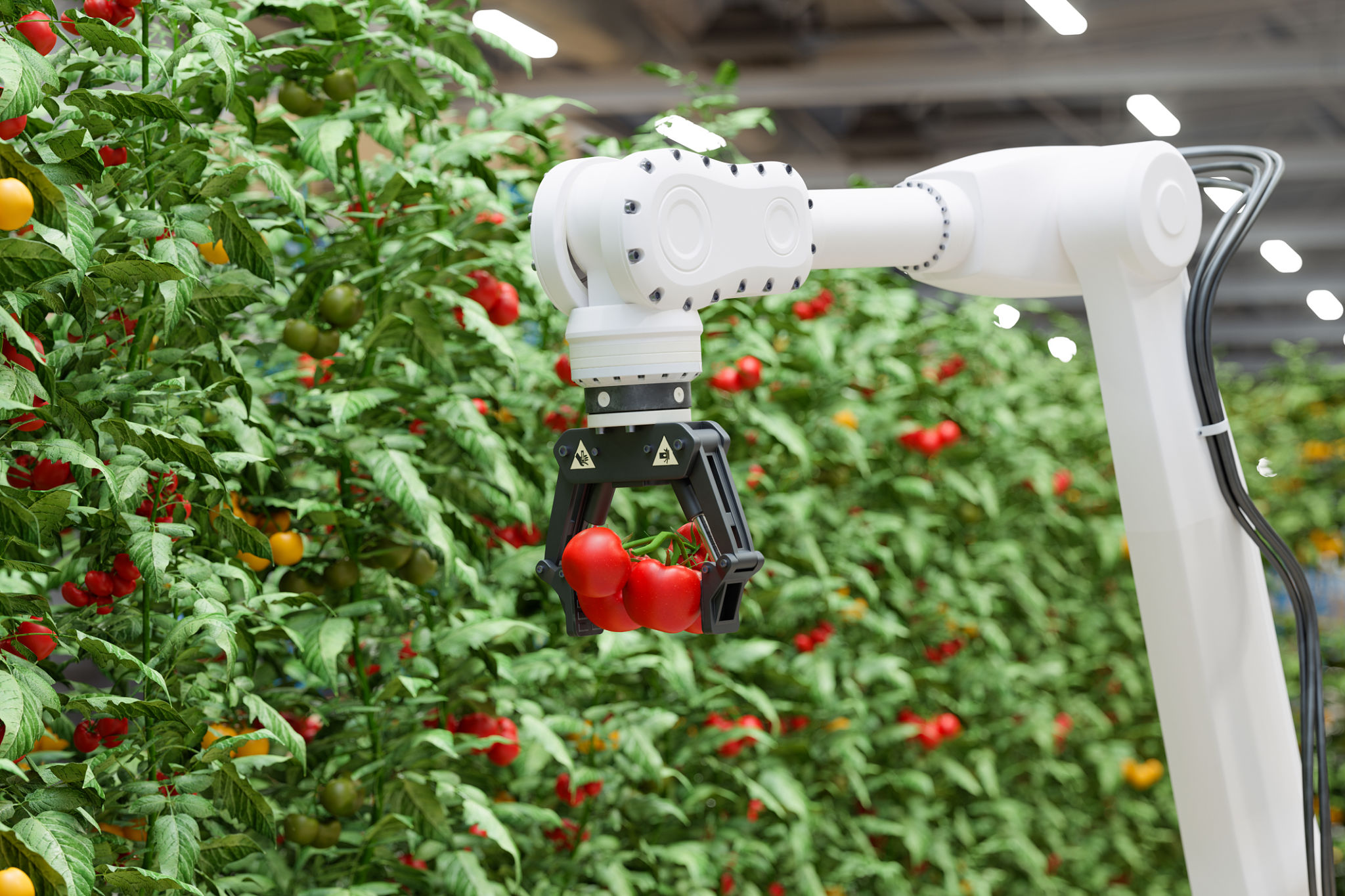Seasonal Fertilizer Application: Strategies for Optimal Crop Yield
Understanding the Importance of Seasonal Fertilizer Application
Fertilizer application is crucial for ensuring optimal crop yield. Each season presents unique challenges and opportunities for crop growth, making it essential to tailor fertilizer strategies accordingly. The right approach can significantly enhance soil fertility, boost plant health, and ultimately increase productivity.
Understanding soil nutrient requirements and the specific needs of your crops is the first step in creating an effective fertilizer strategy. Different crops demand varying amounts of nutrients at different growth stages, and aligning these needs with seasonal changes is vital for success.

Spring: Laying the Foundation for Growth
Spring is a critical time for preparing the soil and providing the nutrients necessary for healthy plant development. As temperatures rise, soil begins to awaken from its winter dormancy, making it an ideal time to apply fertilizers rich in nitrogen. Nitrogen is essential for promoting lush, green growth during the early stages of plant development.
Consider using slow-release fertilizers to ensure a steady supply of nutrients throughout the growing season. This approach helps prevent nutrient leaching and ensures that crops have access to the nutrients they need as they emerge and grow.
Spring Fertilizer Application Tips
- Conduct a soil test to determine nutrient deficiencies.
- Use balanced fertilizers with a focus on nitrogen.
- Apply fertilizers just before planting or as crops begin to germinate.

Summer: Maintaining Nutrient Levels
As plants grow and mature during the summer, maintaining adequate nutrient levels becomes crucial. This period requires a balanced approach to fertilization, ensuring that crops receive the right mix of nitrogen, phosphorus, and potassium.
During this time, pay attention to signs of nutrient deficiencies, such as yellowing leaves or stunted growth. Foliar feeding can be an effective method to quickly address deficiencies and provide a boost to plants during critical growth phases.
Summer Fertilizer Application Tips
- Monitor plant health regularly for signs of nutrient deficiencies.
- Consider foliar feeding for quick nutrient uptake.
- Continue using slow-release fertilizers for sustained nutrition.

Fall: Preparing for Dormancy
The fall season is all about preparing your crops and soil for the upcoming winter months. This is the time to focus on replenishing nutrients that have been depleted over the growing season. Phosphorus and potassium are particularly important as they aid in root development and improve plant resilience against harsh conditions.
Applying organic matter, such as compost or manure, can also be beneficial during this time. These materials not only enrich the soil with nutrients but also improve soil structure and moisture retention.
Fall Fertilizer Application Tips
- Focus on phosphorus and potassium to strengthen root systems.
- Incorporate organic matter to enhance soil health.
- Avoid excessive nitrogen application to prevent winter damage.

The Role of Technology in Fertilizer Application
In recent years, technology has played a significant role in optimizing fertilizer application strategies. Precision agriculture tools, such as GPS-guided equipment and soil sensors, enable farmers to apply fertilizers more efficiently and accurately. These technologies help reduce waste, lower costs, and minimize environmental impact.
By integrating technology into your fertilization plan, you can ensure that your crops receive the exact amount of nutrients they need at the right times, leading to improved yields and healthier soils.
Benefits of Precision Agriculture
- Increased efficiency in fertilizer application.
- Reduced environmental impact through targeted application.
- Cost savings from reduced fertilizer use.

